Curious about the scientific history of Edinburgh?
A new app offers a fresh approach to exploring the city's landmarks through walking tours that delve into its heritage of science, technology and medicine.
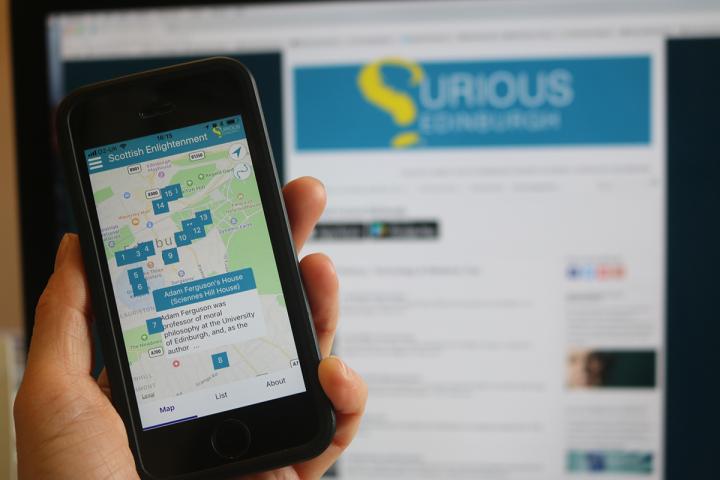
Did you know that the renowned economist Adam Smith and ground-breaking geologist James Hutton regularly dined with fellow scholars of the Scottish Enlightenment on Niddry Street South? Or that the building that now houses the University’s sports facilities at The Pleasance was once a brewery? These are some of the many fascinating facts found at the touch of a screen on the Curious Edinburgh walking tour app.
Created by Dr Niki Vermeulen, Senior Lecturer in the History & Sociology of Science at the University, and developed with Dr Bill Jenkins, Cultural Engagement Research Fellow, the app is free to download on Apple and Android mobile devices. It offers up hundreds of historical places of interest for students, staff and visitors to uncover around the city using their smartphones.
Curious Edinburgh is one of many innovative ideas brought to life through the University’s Innovation Initiative Grants and Principal’s Teaching Award Scheme, both of which provide funding by donors to projects that might otherwise never see the light of day. Having also won the University’s Tam Dalyell Prize for Excellence in Engaging the Public with Science 2018, the team's app is a working example of how to turn a great idea into a growing success.
Here Dr Vermeulen and Dr Jenkins take time out to offer an insight into Curious Edinburgh and some of the highlights on the tours.
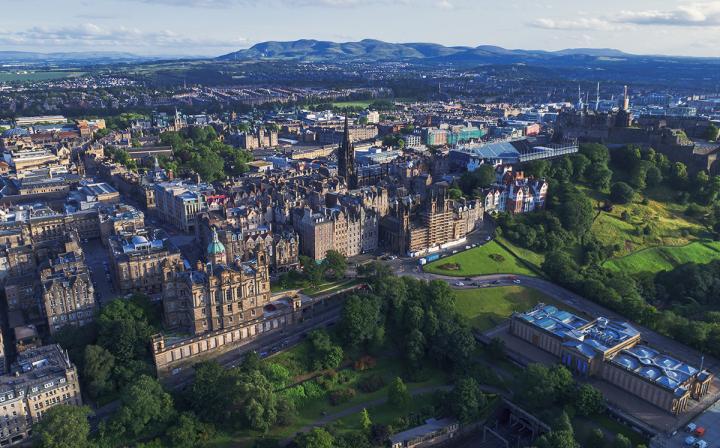
What was the inspiration for creating the Curious Edinburgh app?
Dr Vermeulen: “I came here in 2014 to teach the University’s History of Science course. I didn’t know much about Edinburgh but I did know that it was an important place in the history of science and thought I should include that in the course. Professor John Henry, who had been teaching the course for 30 years before me and is now retired, gave tours to new people in our group and students to tell them about the history of the University. So I went on this tour and I thought it was brilliant. I wanted it to be available to students but as there are 300 students on this course it is hard to do something interactive or visit a museum together, so I thought it would be a good idea to make a tour app. Of course, it’s not just relevant for students, but also for staff and visitors.”
Dr Jenkins: “I finished my PhD in 2014 so it was good timing for getting involved in the Curious Edinburgh project. My research had been on Edinburgh in the early 19th century, which tied in well. I have been coordinator for the History of Science course for the past two years, Niki did it from 2014. Professor Henry actually published a paper some years before we started this whole thing called “The Physical Tourist” in the journal “Physics in Perspective”. This inspired us to do specific tours on certain subjects, such as physics. The other obvious one to do was geology as Edinburgh has such interesting history with the geologist James Hutton and also coincidentally tied into my PhD research as well. So off the back of that we did a history of medicine tour, a genetics one, and then a Scottish Enlightenment one.”
How has the app grown since its early stages?
Dr Vermeulen: “Other people from within and outside the University started to become interested in our tours. Dr Hannah Holtschneider of the School of Divinity developed a tour on Jewish history in Edinburgh, and we have uploaded two tours on Indian connections with Professor Roger Jeffery from the Edinburgh India Institute. We also worked with John Martin from the Scottish Brewing Archive Association on a tour on beer brewing.
“Soon we will also have a tour on industrial heritage with granton:hub, a great organisation that keeps Granton’s past alive. An example is the Madelvic car factory in Granton, which opened in 1898 and is said to be the oldest car factory in the UK. The building is still there and the granton:hub has made it into a community centre, also honouring the industrial heritage of that area.”
Dr Jenkins: “In fact, the factory produced an electric car. What no one realises is that electric cars have been around since the early 1900s. At that point they were a serious competitor for petrol cars but then they fell by the wayside. Obviously, they have come back now so that is an interesting bit of local history. We always thought it would be nice to work with local community groups as there is so much knowledge out there, so it is great to have the app as a platform to tell people about it.”
What might people be surprised to discover about Edinburgh?
Dr Jenkins: “It was specific things that surprised me, such as how connected Edinburgh is, especially in its heyday of the 18th century Scottish Enlightenment. For example, how people such as Adam Smith, David Hume and James Hutton all knew each other and went out drinking and for walks in the Meadows together. But also what a centre Edinburgh was internationally. There were prominent people coming over from France and famous scientists from America, including Benjamin Franklin – all these different figures and amazing connections. That continues with the Edinburgh festivals today with people visiting from all over the world, and I guess it’s always been that way.”
Dr Vermeulen: “There is so much to discover! Some of the stories are more well known, such as the graverobbers who provided bodies for anatomical lessons in Old Surgeons’ Hall. However, we also tell the story of the Edinburgh Seven, the first female medical students, who were able to graduate toward the end of the 19th century and who made important contributions to medicine and to the role of women in academia and society at large.
“Other surprises relate to places, such as the changing uses of some of the houses featured in different tours. For instance, Professor Peter Higgs of the School of Physics & Astronomy, who is world famous for predicting the Higgs boson particle, worked on Roxburgh Street, which used to house the successful medical practice of Jewish GPs Sam and Julius Lipetz. Professor Higgs was actually one of their patients. Finally, the brewing tour shows how Edinburgh used to be full of breweries, especially along Cowgate, and how some of these buildings are still there, for instance converted into student housing at Sugarhouse Close. Also, some of the skills are still preserved, for instance at the microbrewery at Summerhall.”
How did you go from the initial concept to an actual app?
Dr Vermeulen: “We received an Innovative Initiative Grant, which was actually the most important grant as it started the whole thing off. Then we received some funds from the Arts & Humanities Research Council. We also had funding through the Principal’s Teaching Award Scheme, which was very helpful to enable us to expand the app and promote it in teaching.”
Dr Jenkins: “The School of History, Classics & Archaeology do a course on the history of Edinburgh so the Principal’s Teaching Award enabled us to put together a contribution to that on science in Edinburgh. That lecture can be reused in our course as well and links in nicely with the app. In fact, on our own course we’ve asked students to actually go out to a place that they find on the app and write something about its role in the history of science. Every student picks somewhere different. It requires more autonomy, and allows them to be creative and research something themselves with the app providing a focus for that.”
What would you like for the future of Curious Edinburgh?
Dr Jenkins: “We are interested in diversifying it more and having more involvement with different community groups. There is enormous potential for global history too, and for people to make their own histories in partnership with us.”
Dr Vermeulen: “I want it to survive! It’s nice to bring it all together and have all this content and expand it but it is especially important not to let it all go again. Winning the Tam Dalyell Prize will help secure it for the next two years, which is great.
“A lot of people are really enjoying the app and it would be really nice to see how alumni are interested in it and see how we could also expand this into memories of the city. Edinburgh has so many interesting stories to tell, and we hope that people will view the city with different eyes after knowing the important role it has played in the history of science, technology and medicine.”
Fascinating facts on the Curious Edinburgh tours
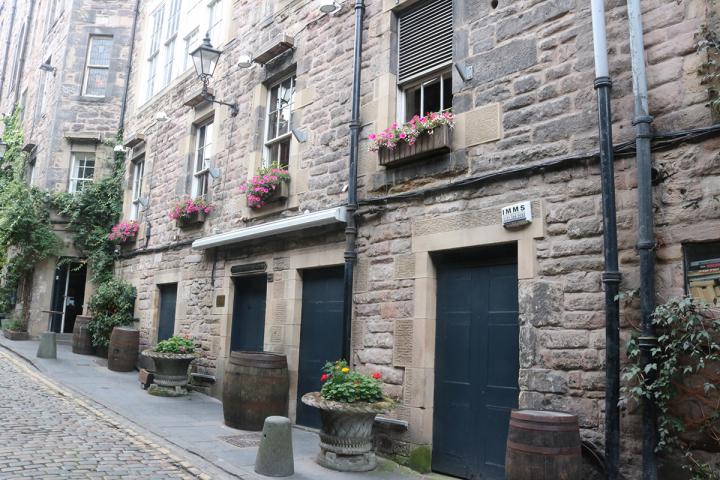
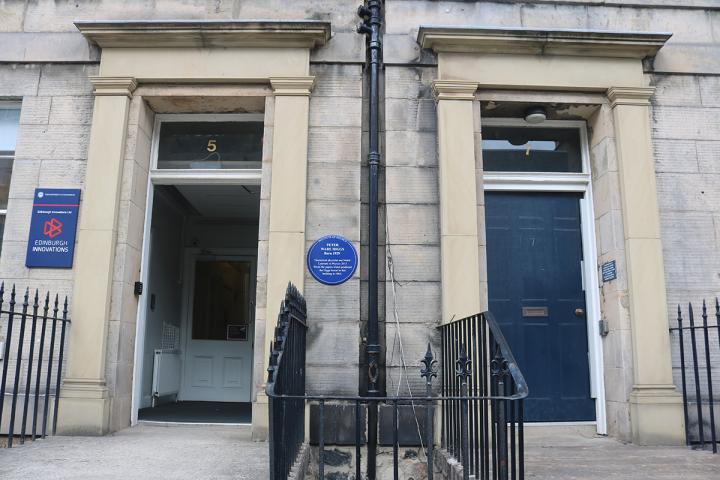
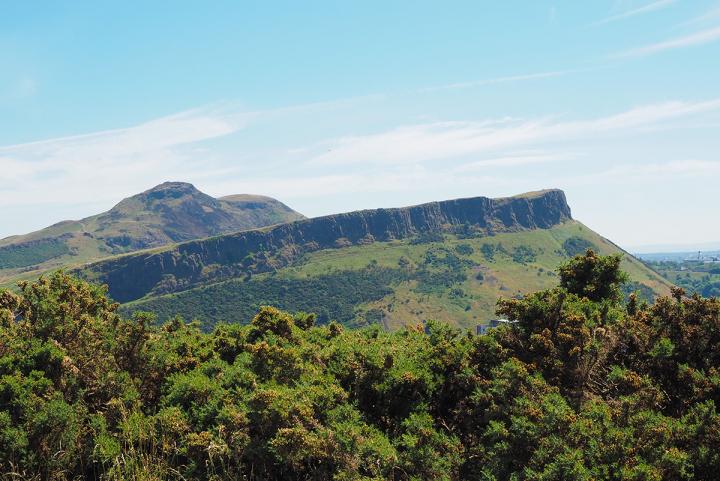
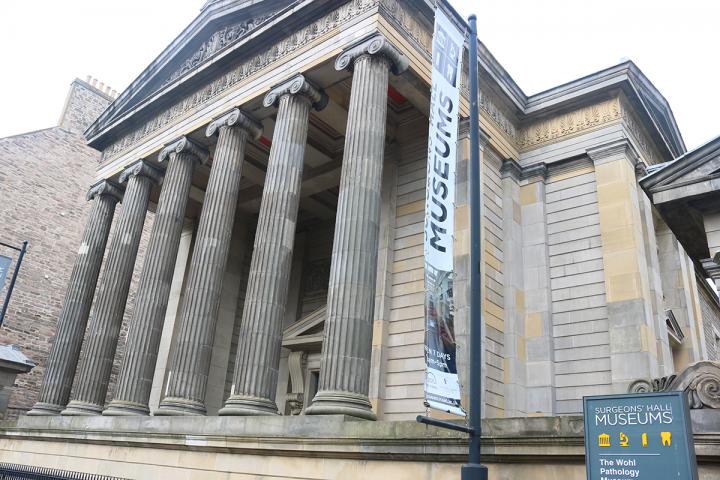
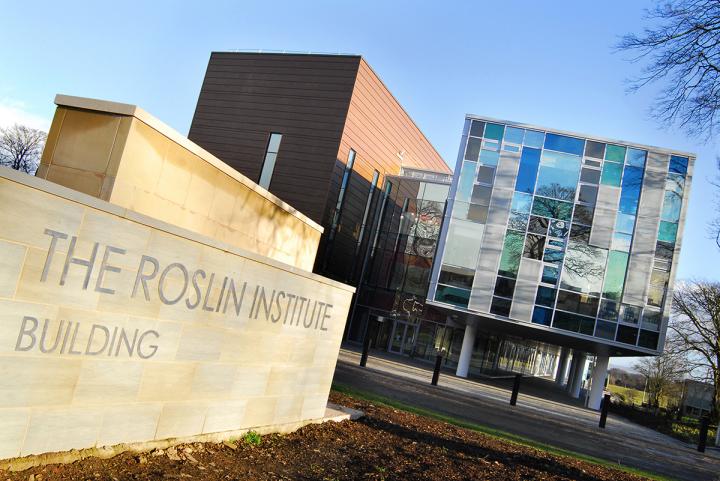
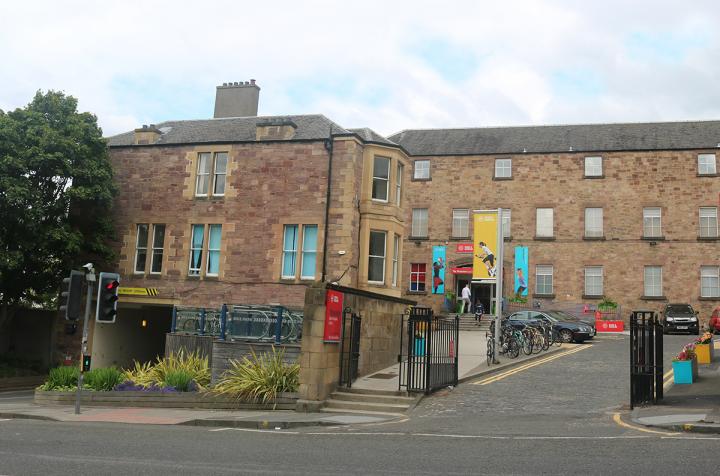
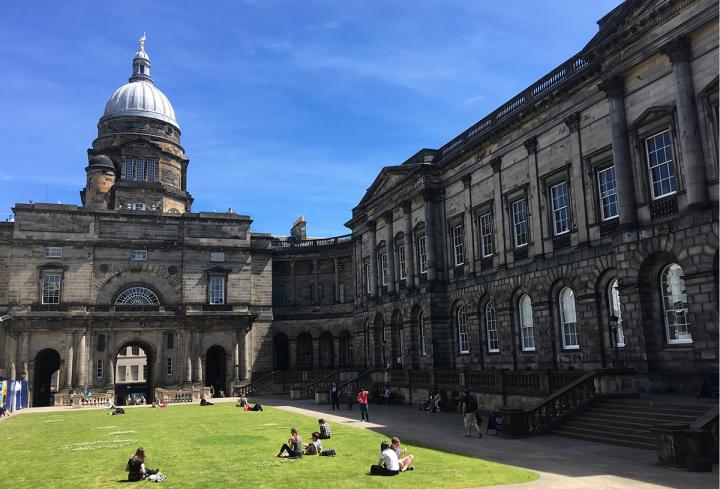
Find out more
Curious Edinburgh
Visit www.curiousedinburgh.org/ for more information about the project and how to download the app.
The Tam Dalyell Prize for Excellence in Engaging the Public with Science was first awarded in 2008 and rewards an individual or group for work with a focus on science communication. Dr Dalyell, who died in 2017, was an MP, prominent science communicator and former Rector of the University.
The Principal's Teaching Award Scheme aims to encourage and support activities that will make a significant contribution to the enhancement of learning and teaching at the University at both undergraduate and postgraduate level.
Student Experience Grants replaced Innovation Initiative Grants in summer 2018. These grants support innovative projects and initiatives that will enhance students’ social, academic, intellectual, entrepreneurial, sporting or cultural development.
The Principal's Teaching Award Scheme and Student Experience Grants are funded by alumni and friends of the University through their donations.

